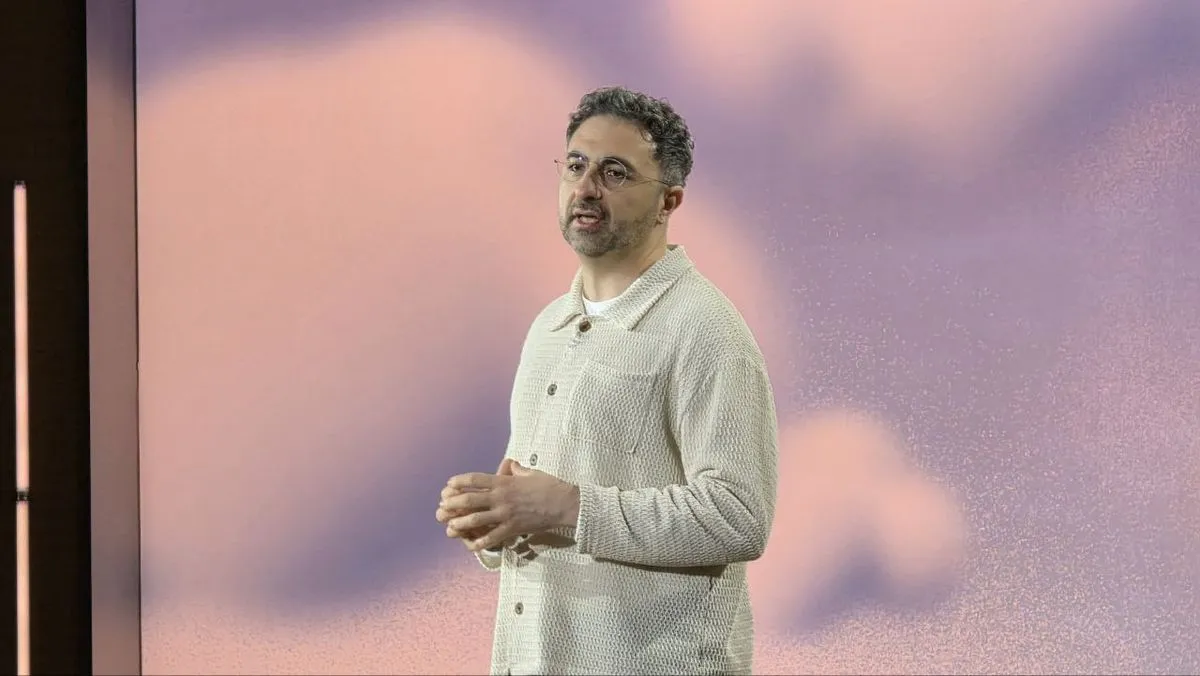
In a bold prediction earlier this year, Salesforce CEO Marc Benioff suggested that Microsoft might be on the verge of breaking free from its heavy reliance on OpenAI for its artificial intelligence (AI) capabilities. This statement came shortly after OpenAI announced its ambitious $500 billion Stargate project, aimed at establishing data centers across the United States to bolster its AI endeavors. The growing independence from OpenAI is critical for Microsoft as it strives to develop its own frontier AI models.
Microsoft's shift in focus appears to be driven by concerns regarding the GPT-4 model from OpenAI. Reports indicate that Microsoft has found this model to be excessively costly and not swift enough to meet the evolving demands of consumers. This sentiment reflects a broader need for Microsoft to enhance its own AI solutions, especially as it faces competition in the rapidly evolving tech landscape.
Following OpenAI's announcement of its $500 billion Stargate project, Microsoft faced a significant setback when it lost its status as OpenAI's exclusive cloud provider and leading investor to SoftBank. SoftBank's involvement in OpenAI's latest funding round, which raised $40 billion, has further solidified the ChatGPT maker's market cap at an astounding $300 billion. Amidst these developments, Microsoft is reportedly advancing its own AI models, though details on these initiatives remain limited.
During a recent conversation with CNBC's Steve Kovach, Mustafa Suleyman, the CEO of Microsoft AI, shared insights into the company's strategy for developing AI models. He emphasized that building models that lag behind the industry leaders by three to six months can be strategically advantageous. This approach can significantly lower development costs and allow Microsoft to concentrate on specific AI use cases more effectively.
Suleyman explained, "It’s cheaper to give a specific answer once you’ve waited for the first three or six months for the frontier to go first. We call that off-frontier. That’s actually our strategy, is to really play a very tight second, given the capital-intensiveness of these models.” This pragmatic approach reflects Microsoft's commitment to balancing innovation with cost-effectiveness in AI development.
At Microsoft's recent 50th Anniversary and Copilot event, the tech giant unveiled a range of exciting new features for its Copilot platform, including Copilot Vision, Deep Research, Pages, Copilot Avatar, and Memory. These advancements highlight Microsoft's intent to gain greater control over the AI capabilities integrated into its technology suite. By developing its own AI models, Microsoft aims to enhance the efficiency and effectiveness of its offerings.
Suleyman reaffirmed the importance of long-term self-sufficiency in AI for Microsoft, stating, “It’s absolutely mission-critical that long-term, we are able to do AI self-sufficiently at Microsoft.” However, he also acknowledged the value of the existing partnership with OpenAI, emphasizing that this collaboration will remain crucial at least until 2030. Microsoft’s strategy is not to rush towards creating the most cutting-edge models but to leverage its strong AI team and significant computational resources wisely.
As Microsoft continues to navigate the complexities of AI development, it will be fascinating to observe how the company addresses the emerging challenges associated with scaling its AI capabilities, including the increasing demand for computing power, GPUs, and sustainable cooling solutions.